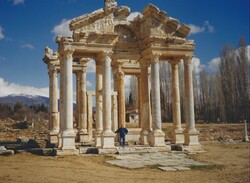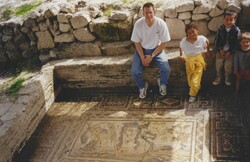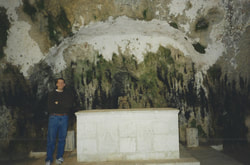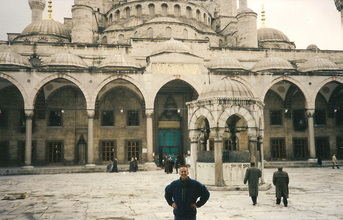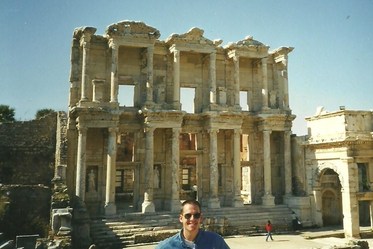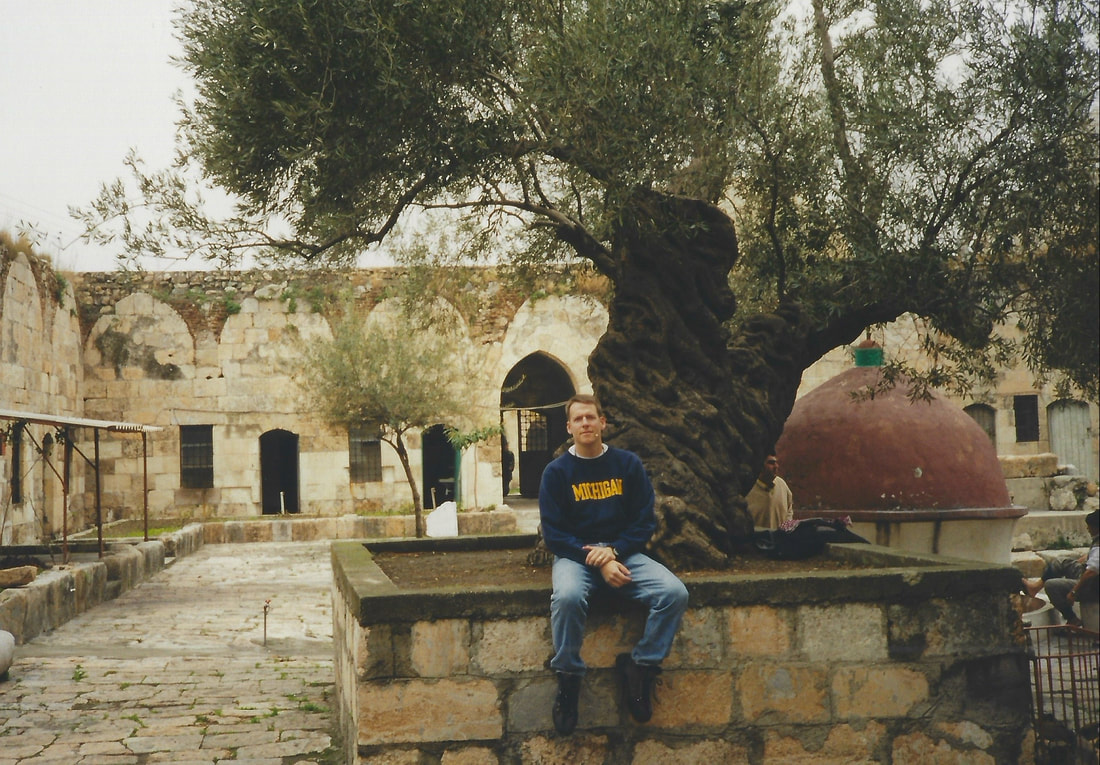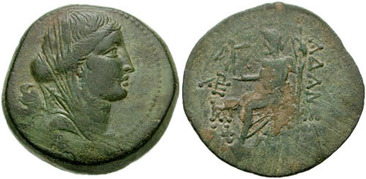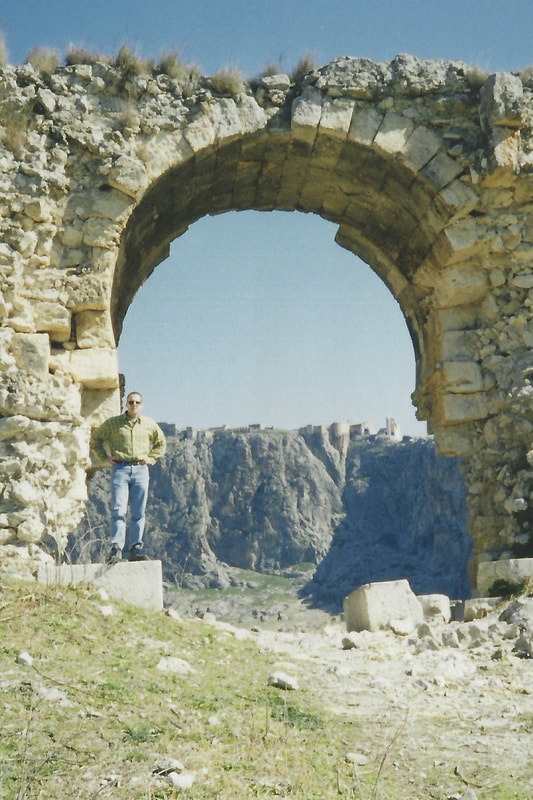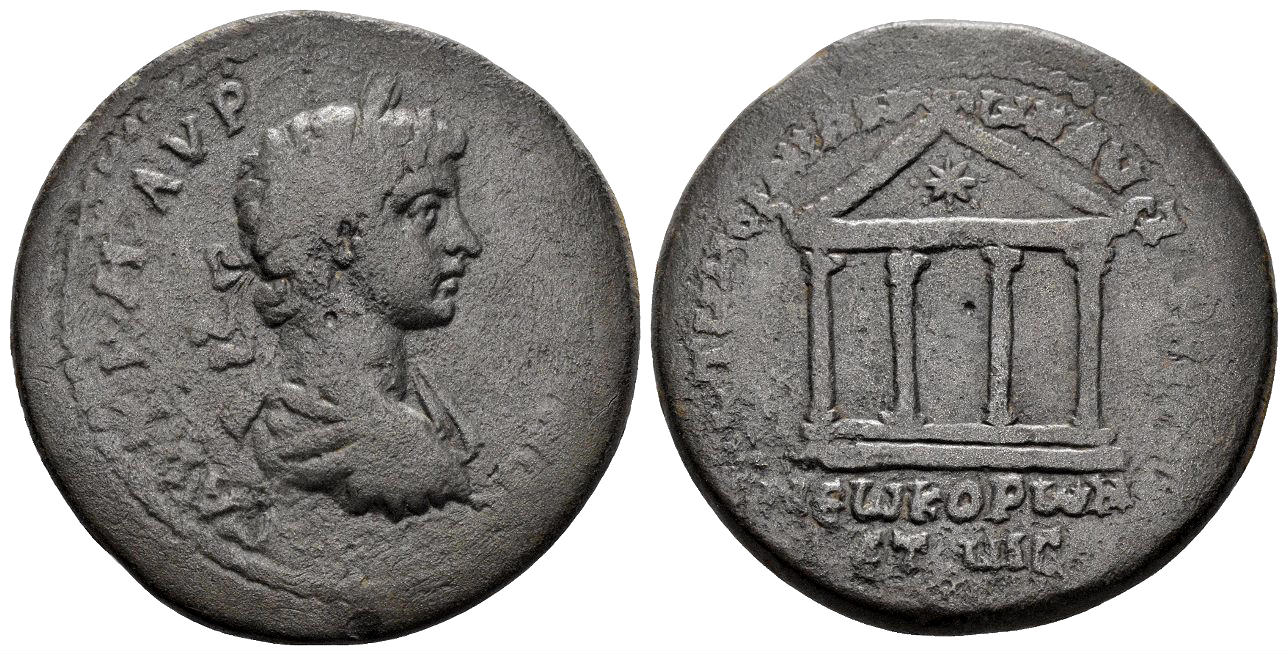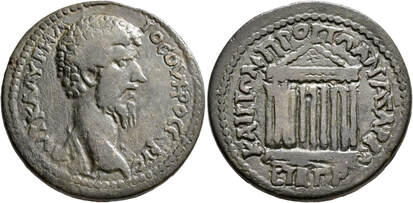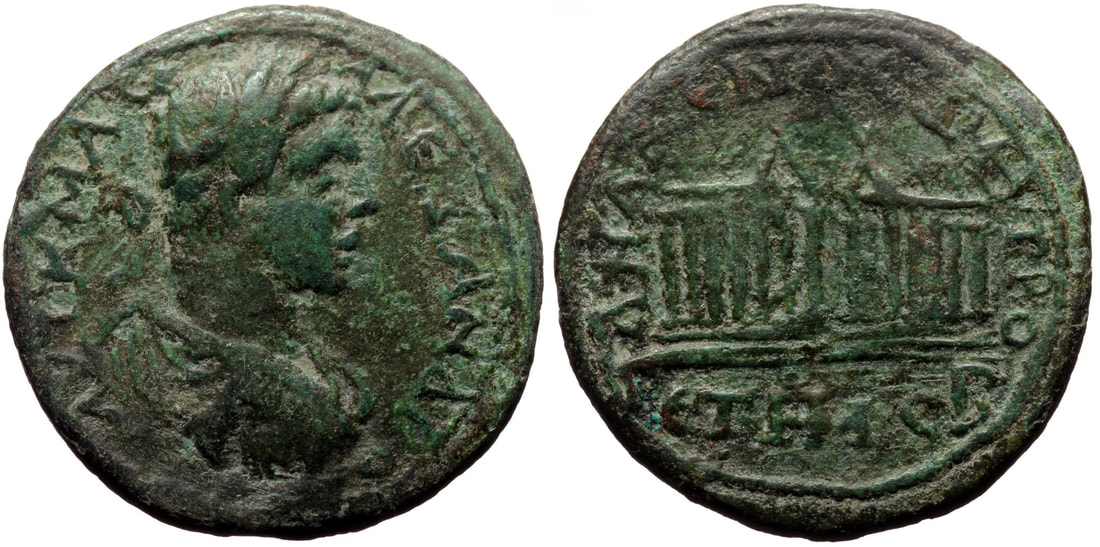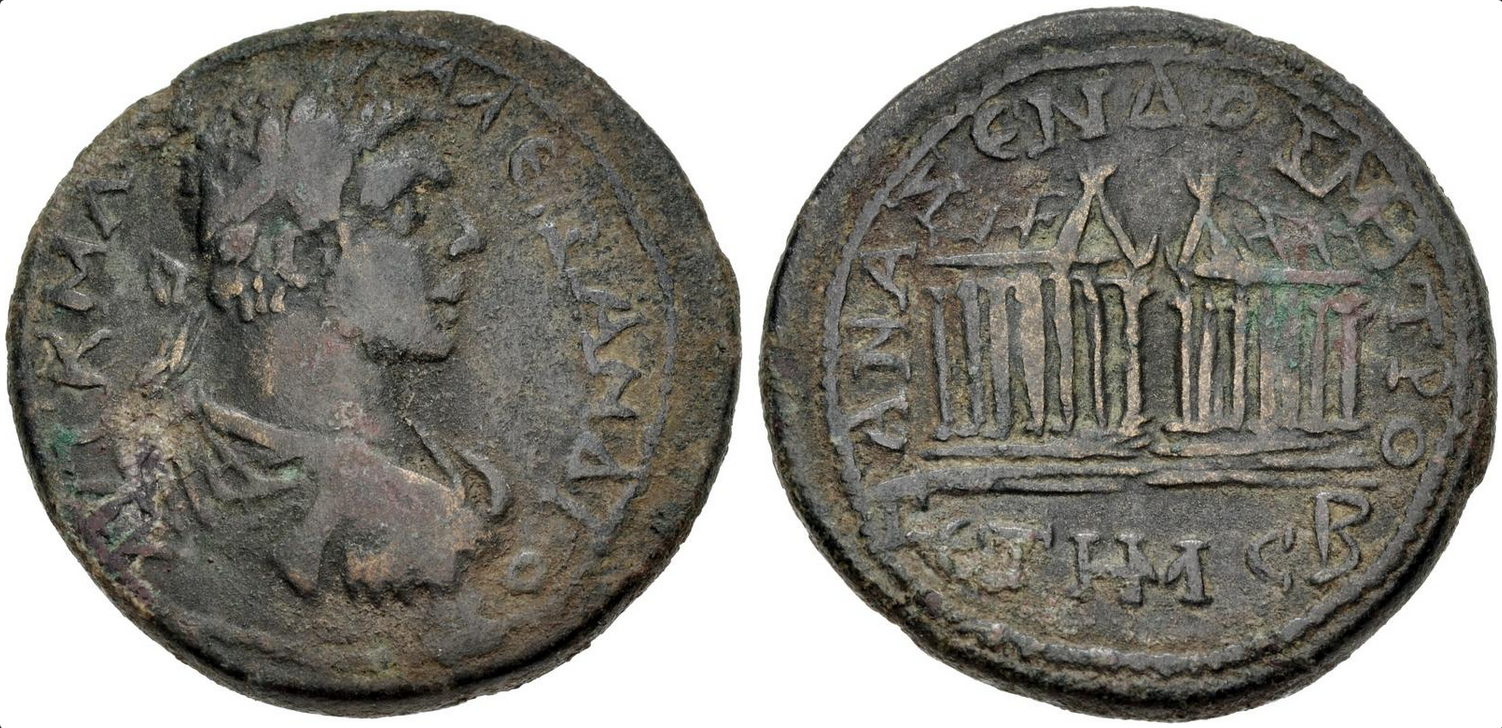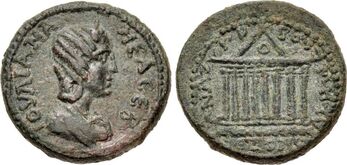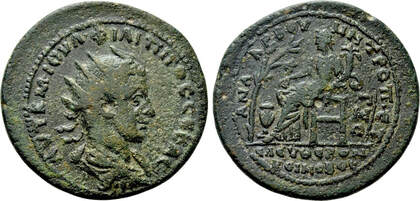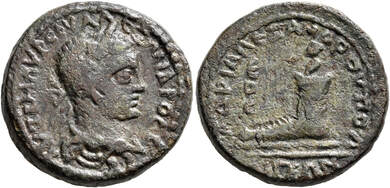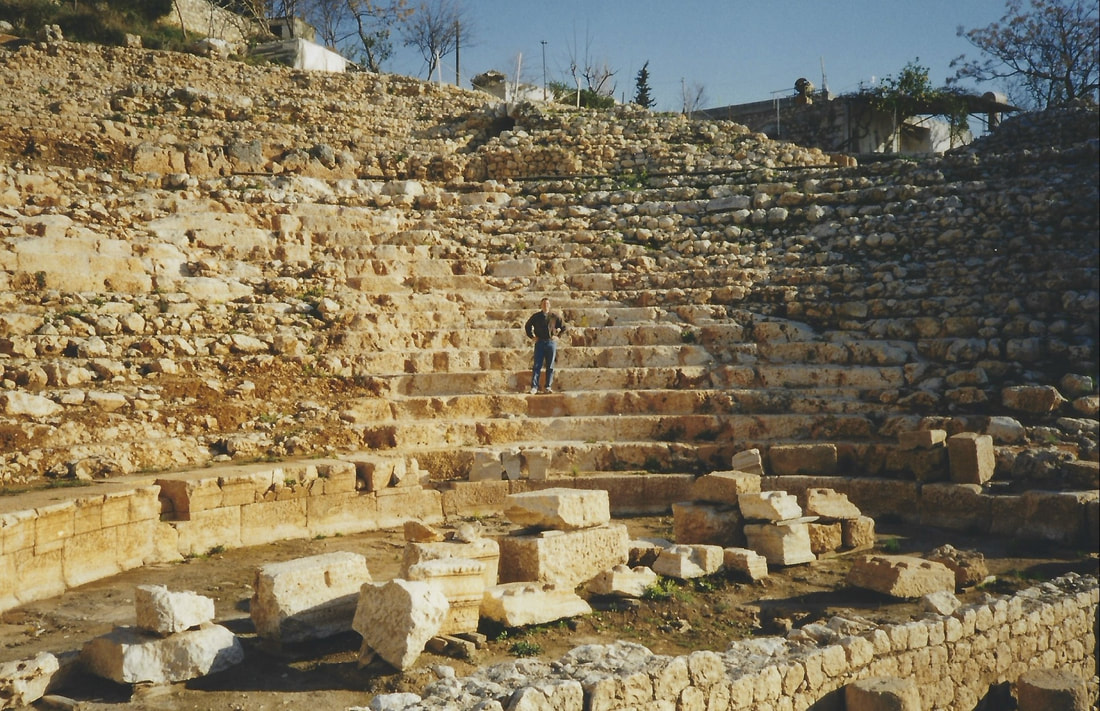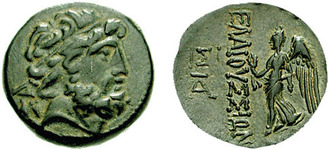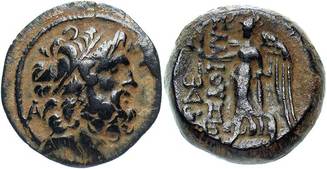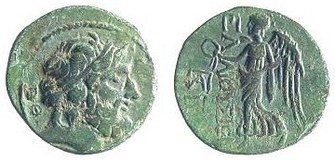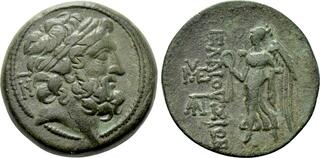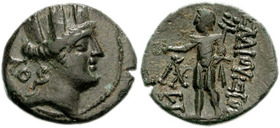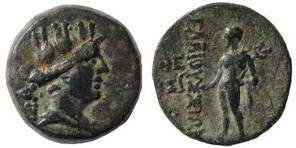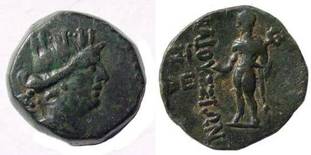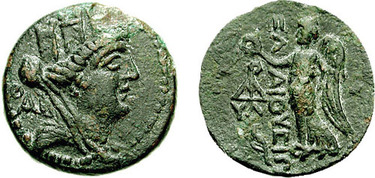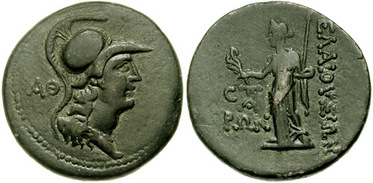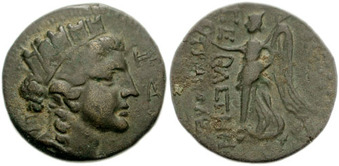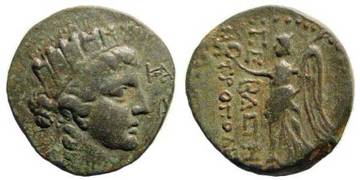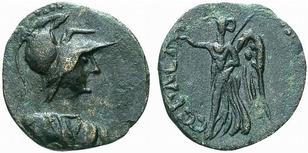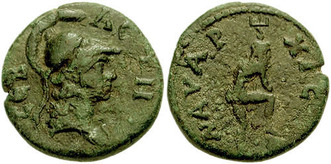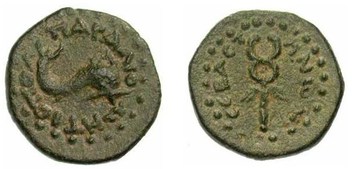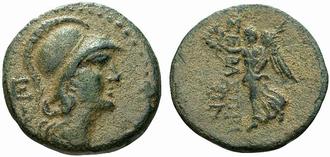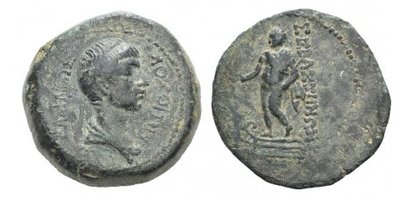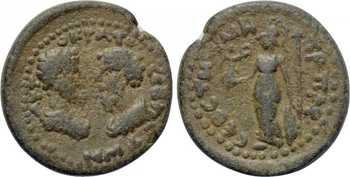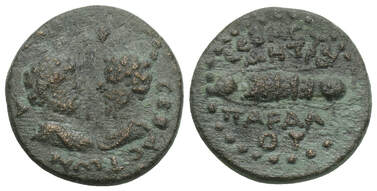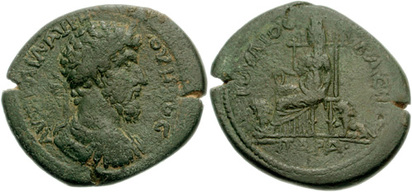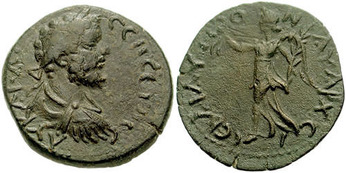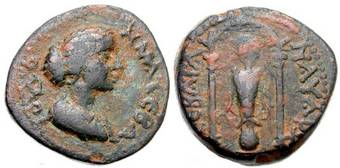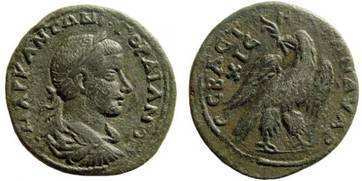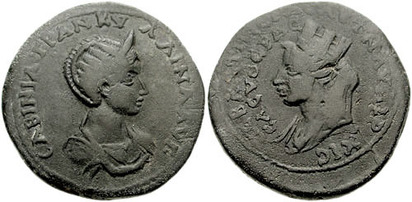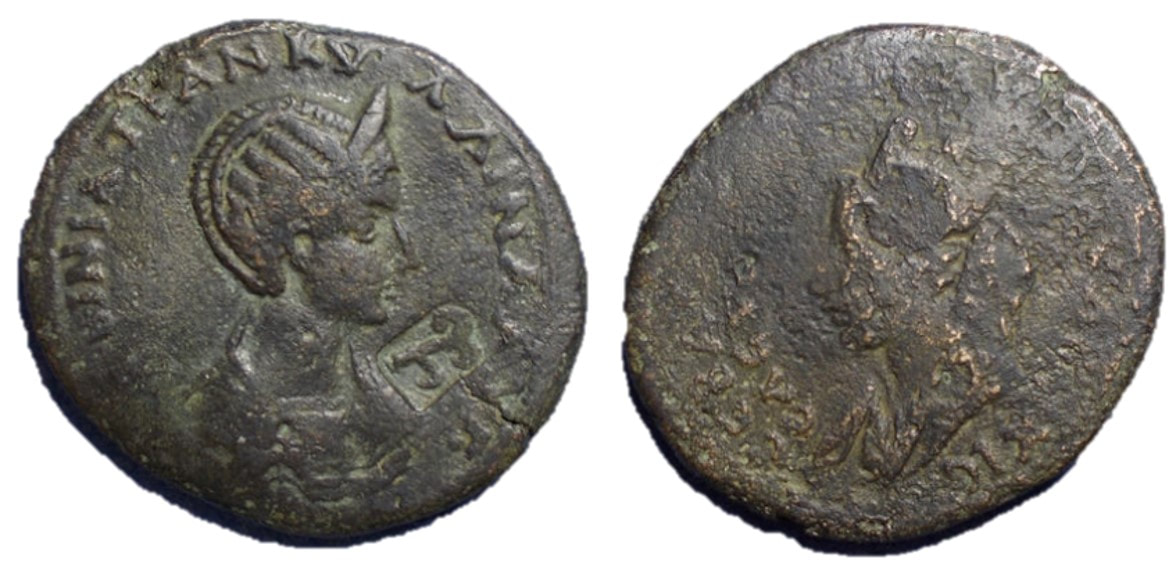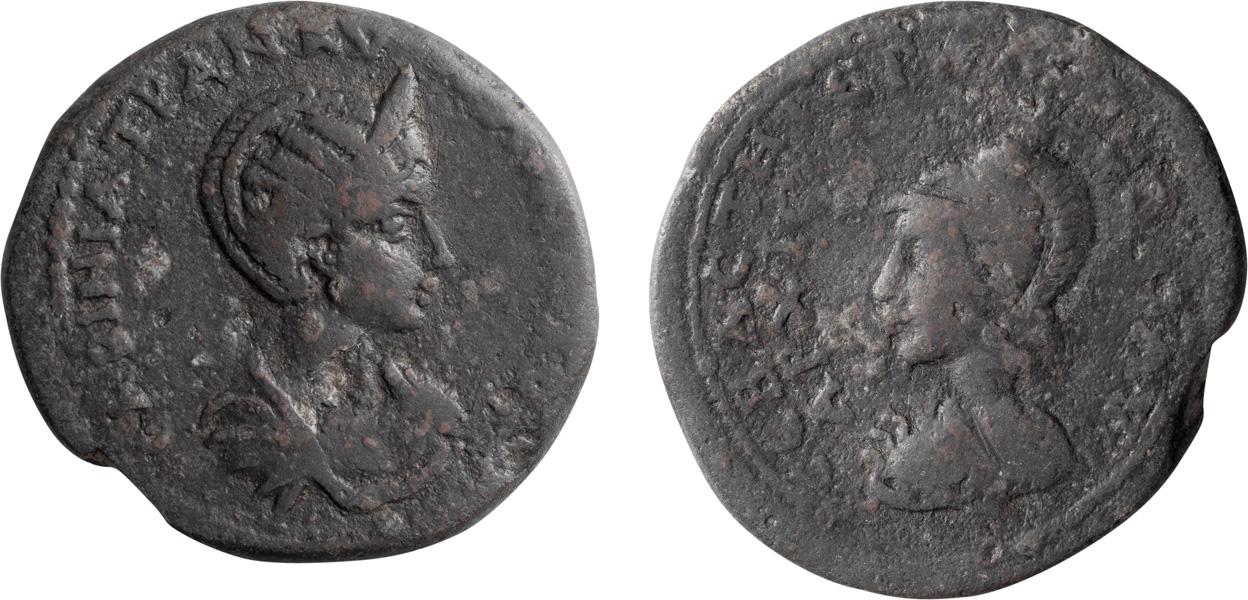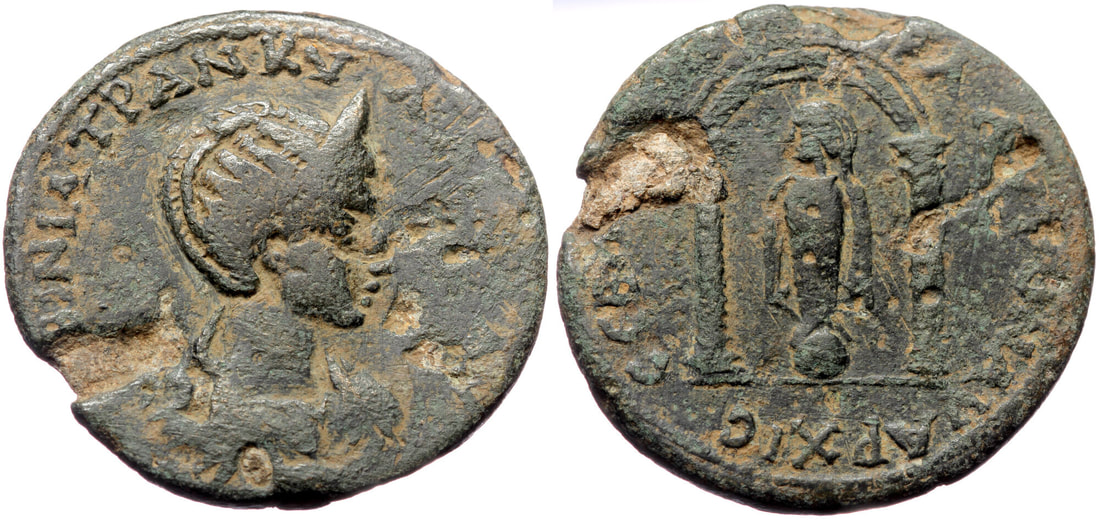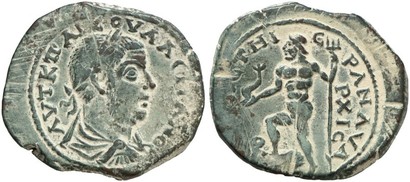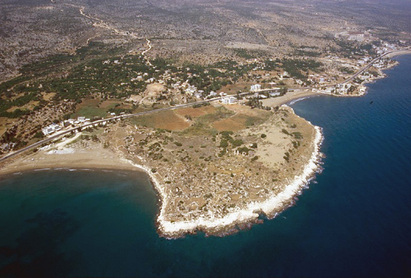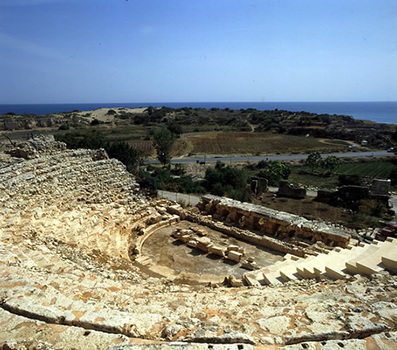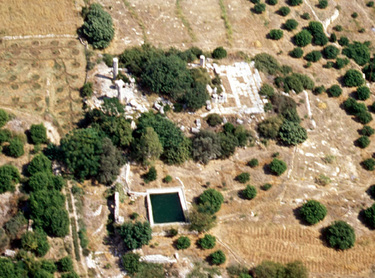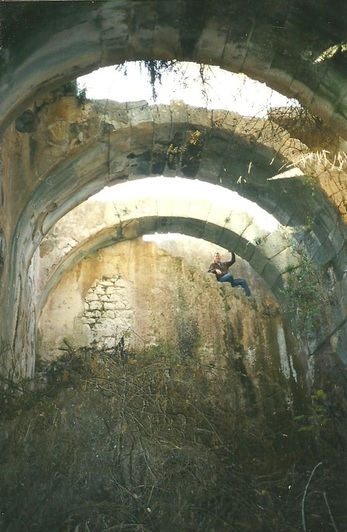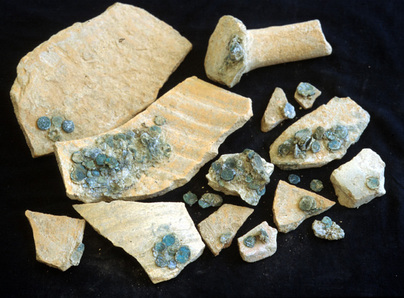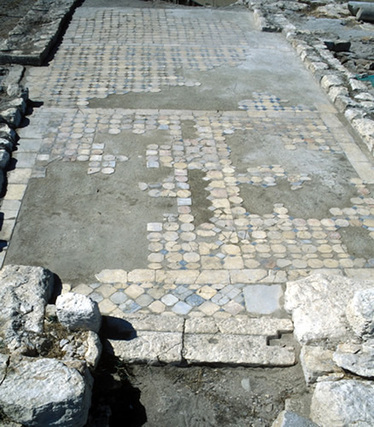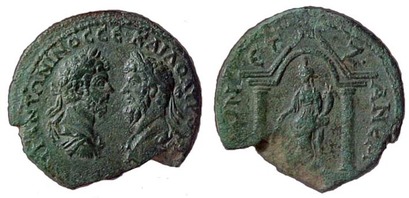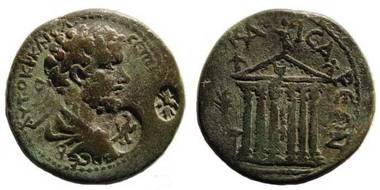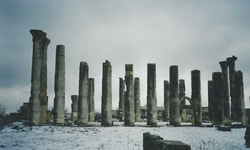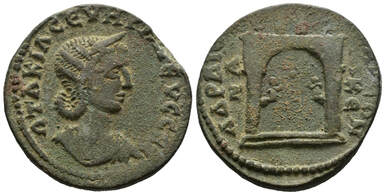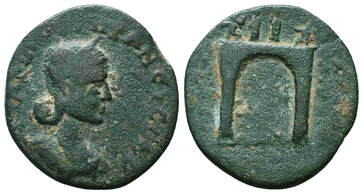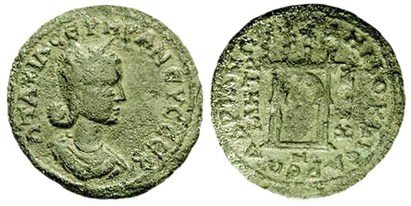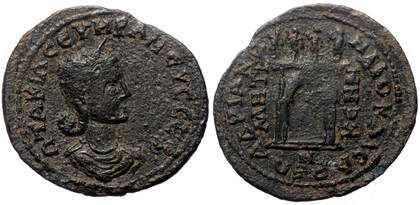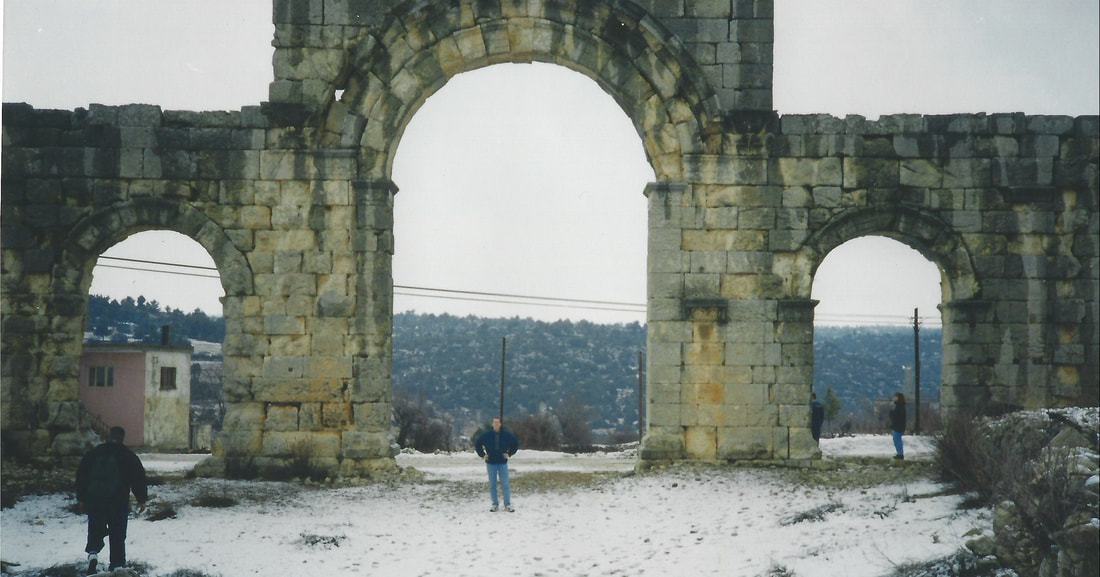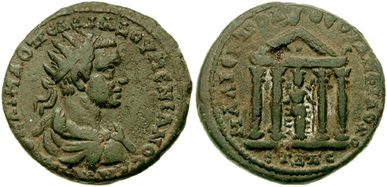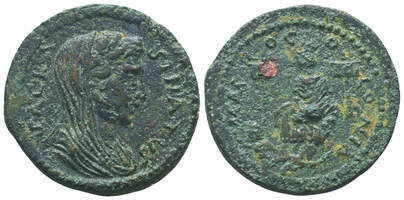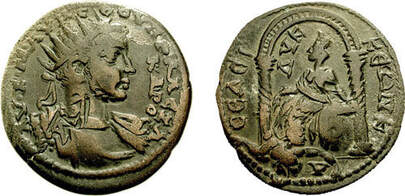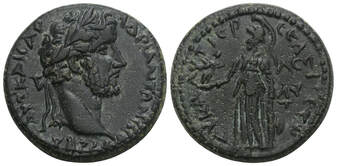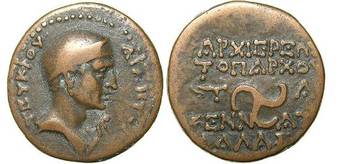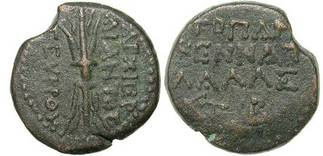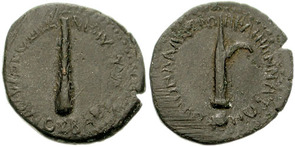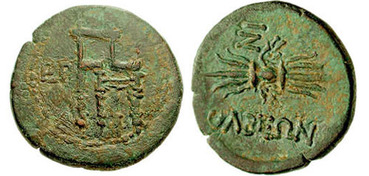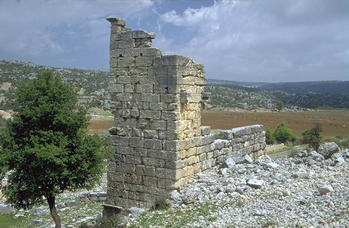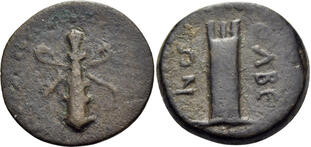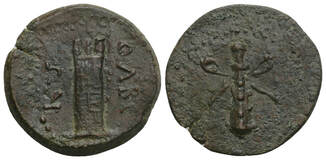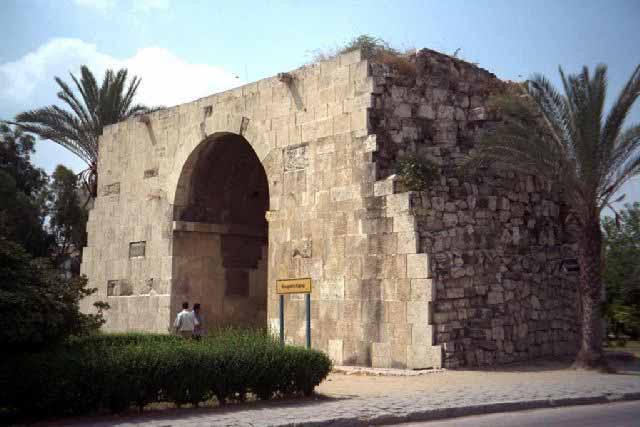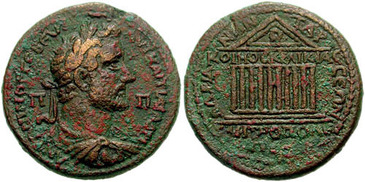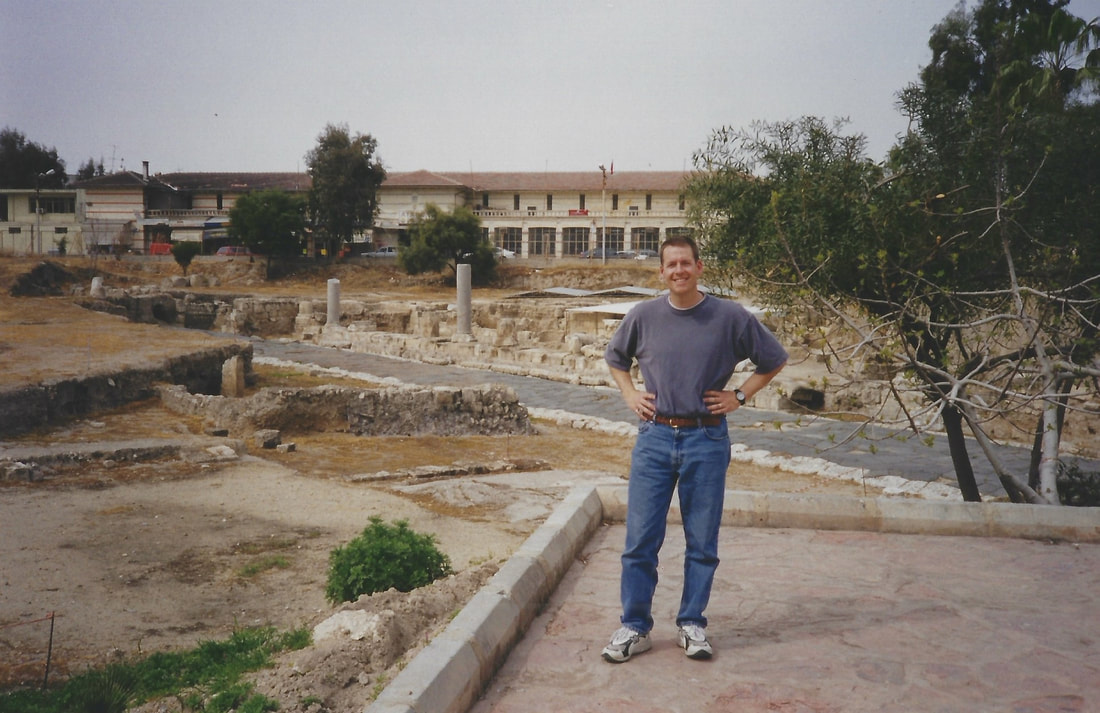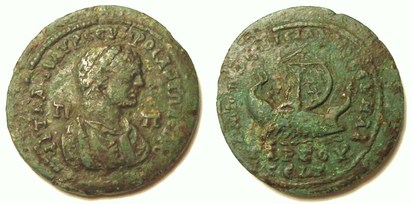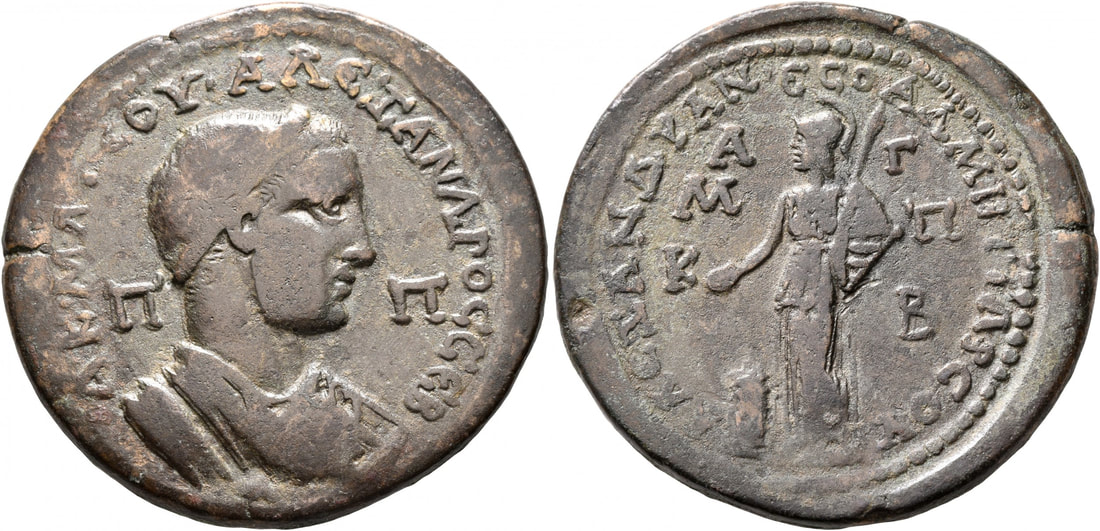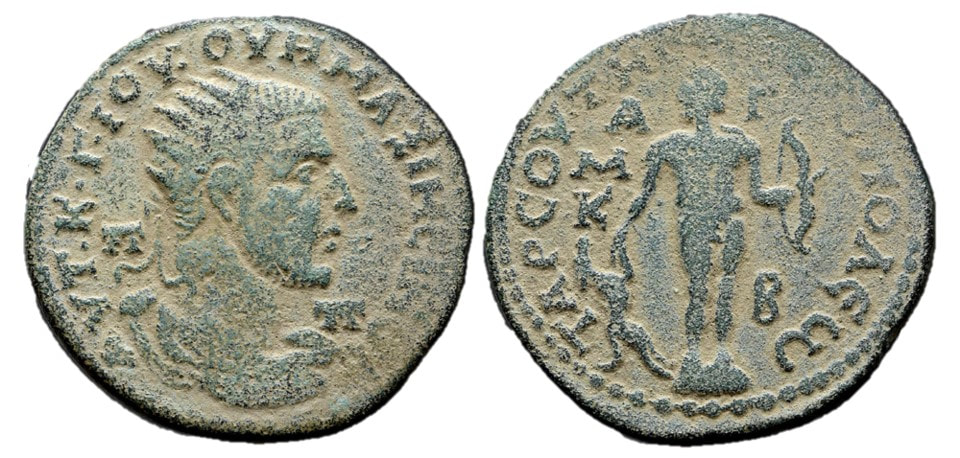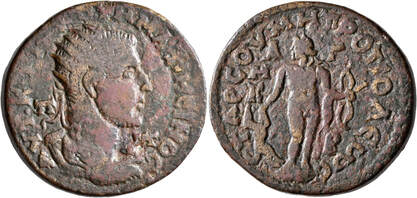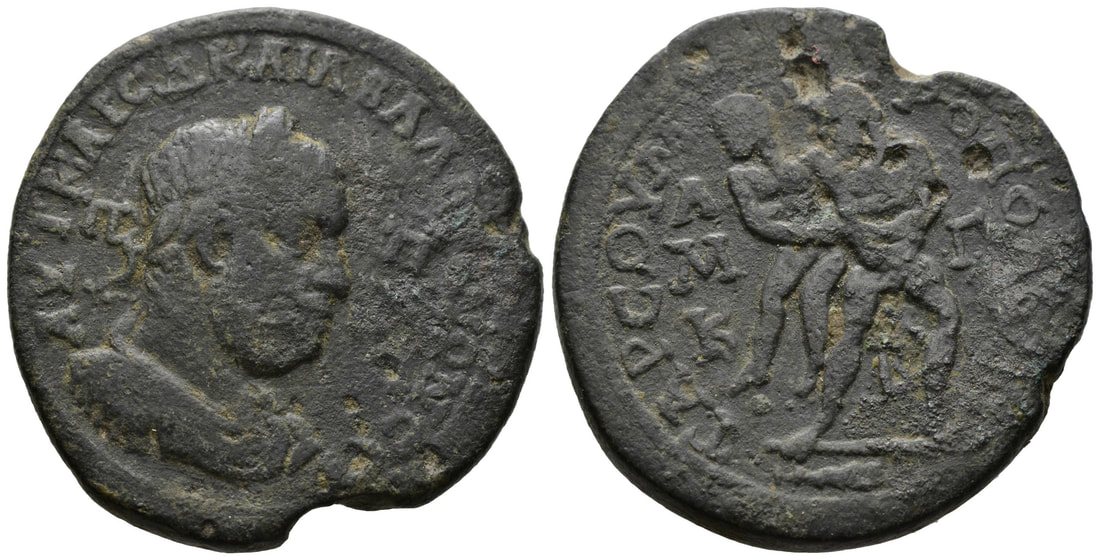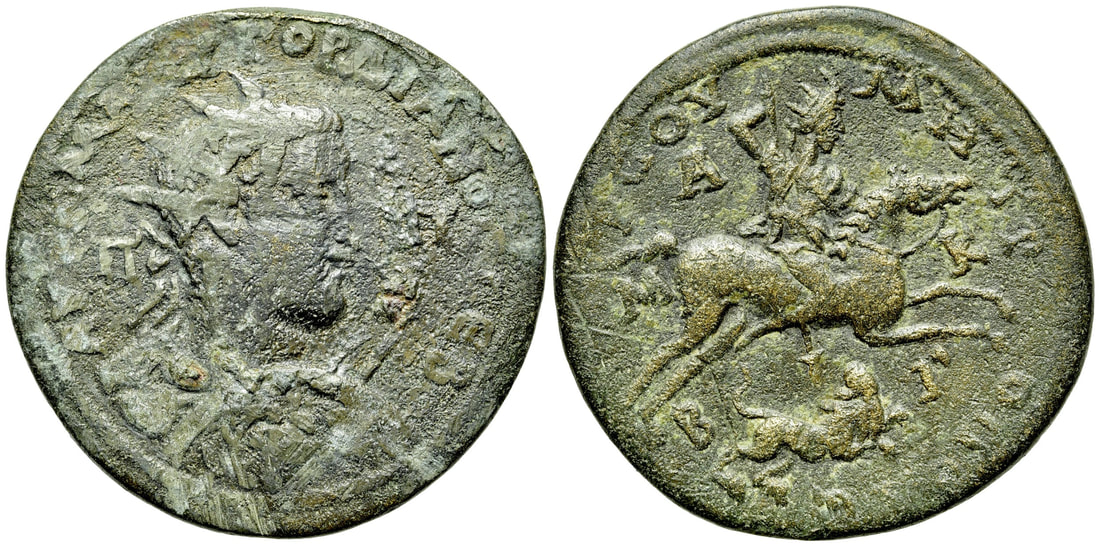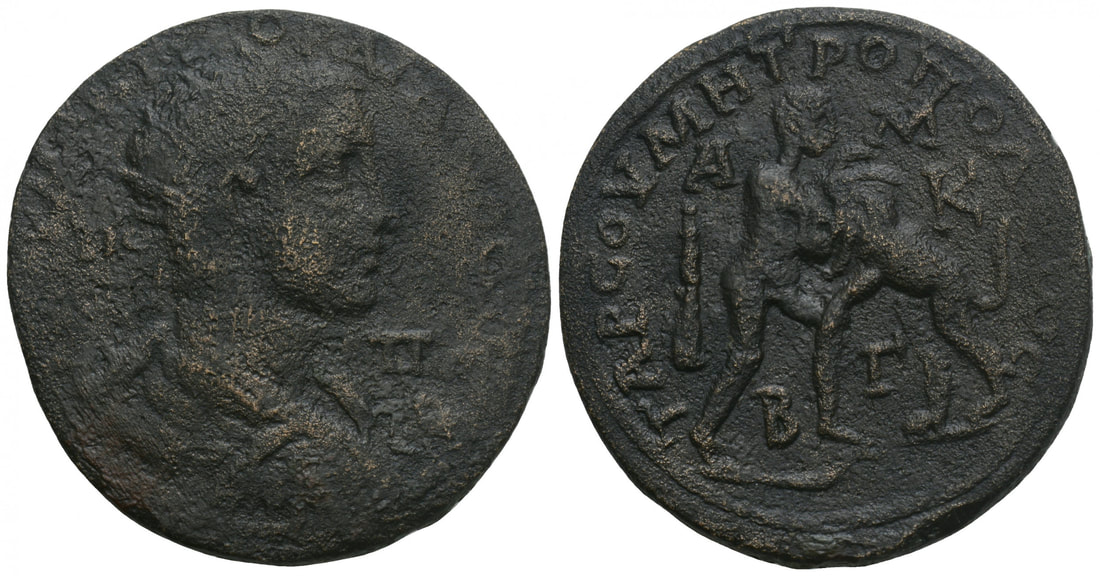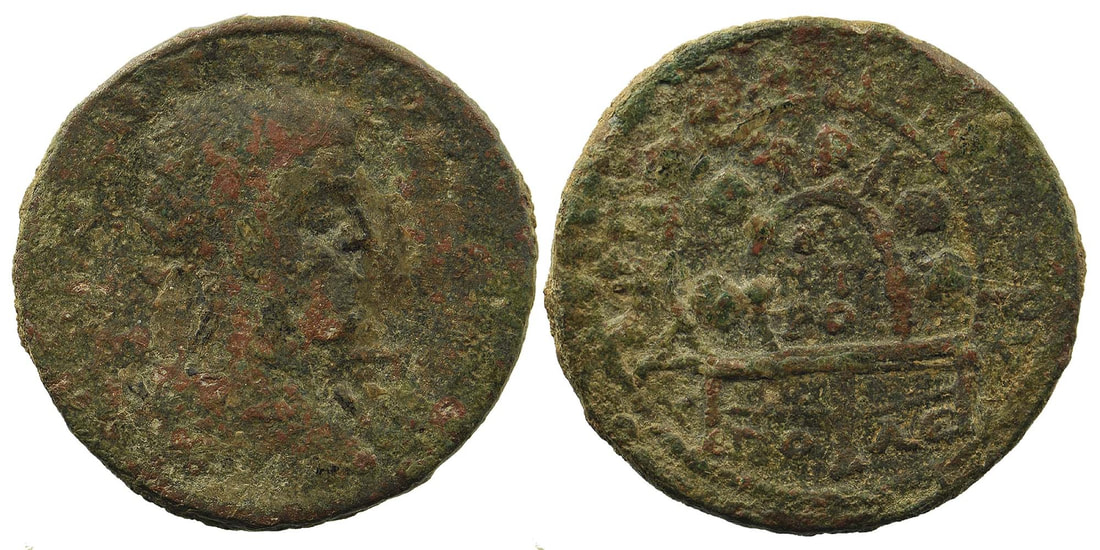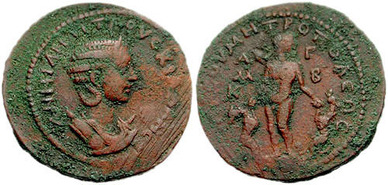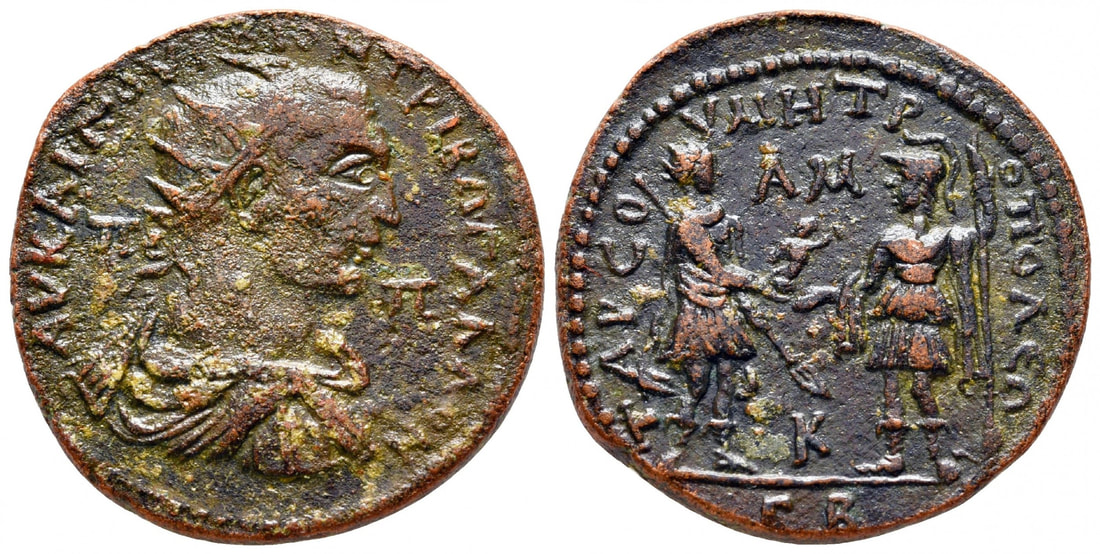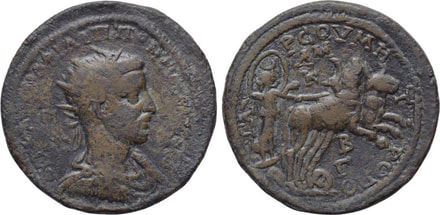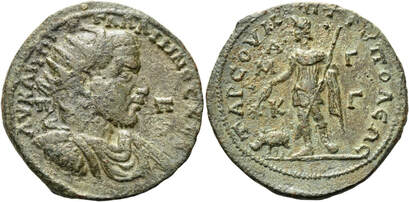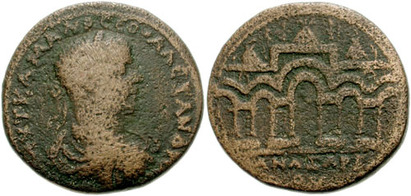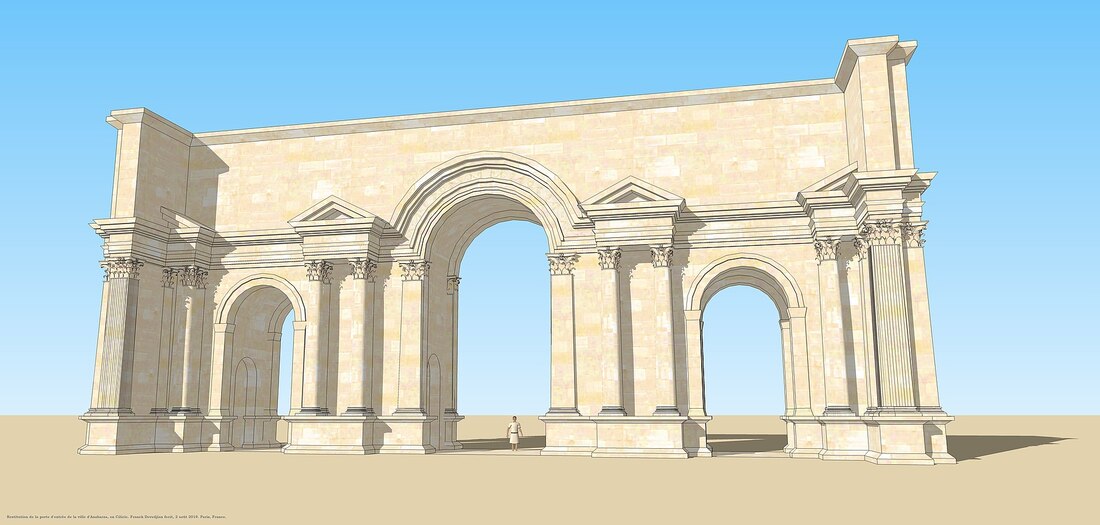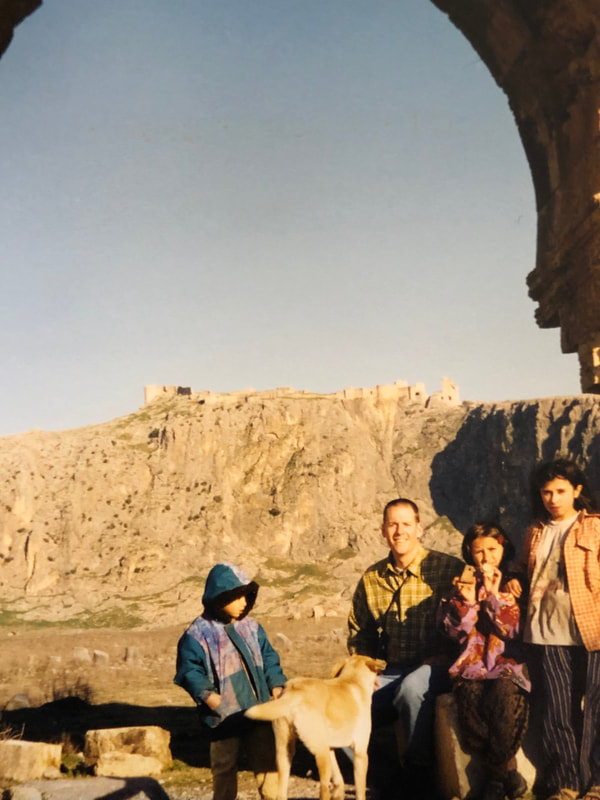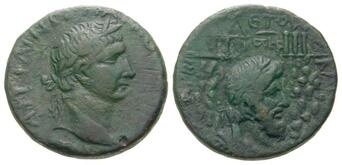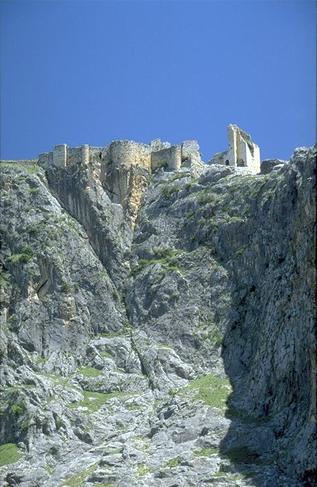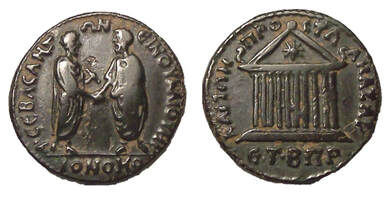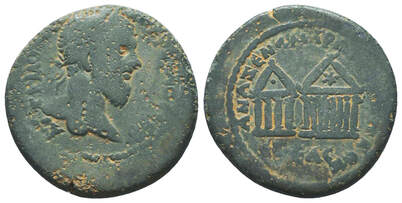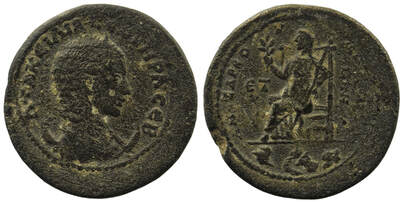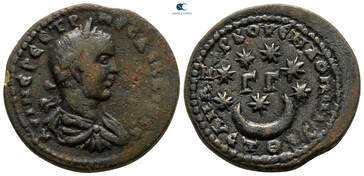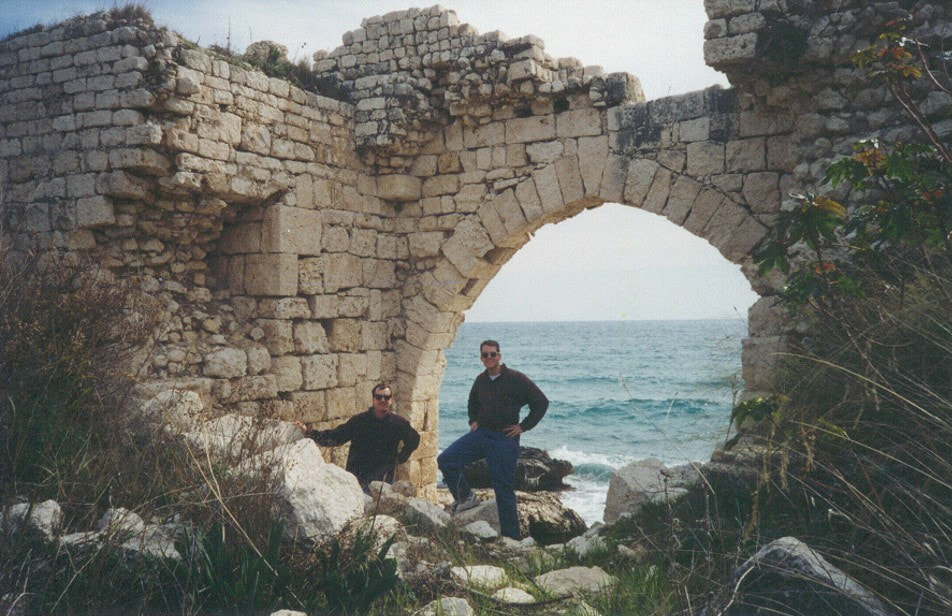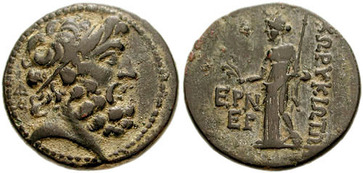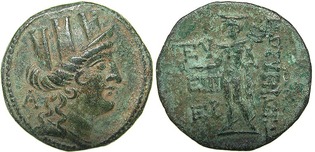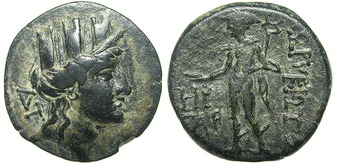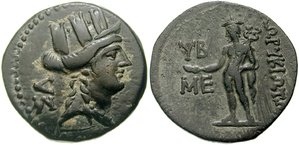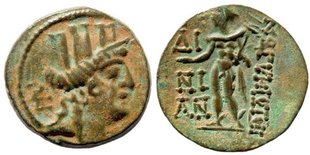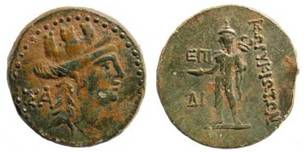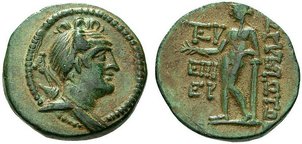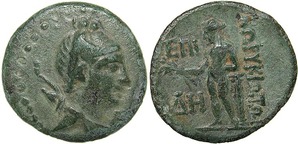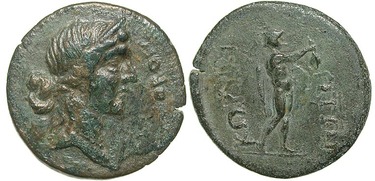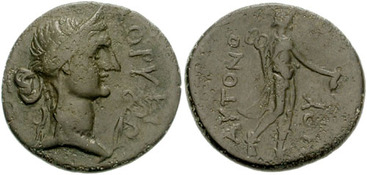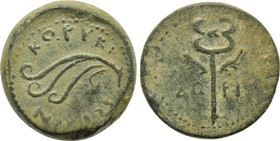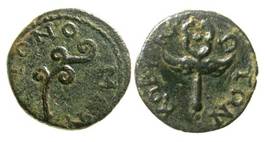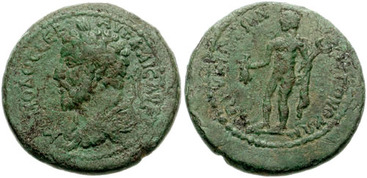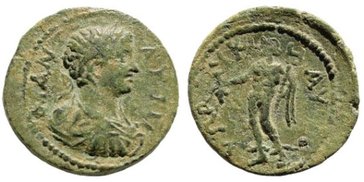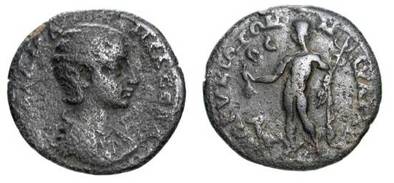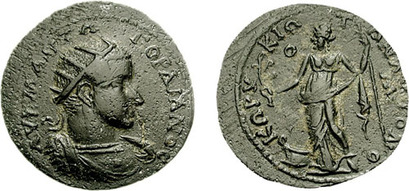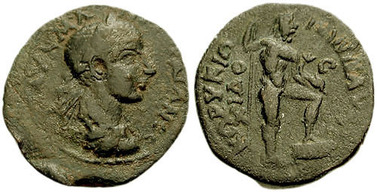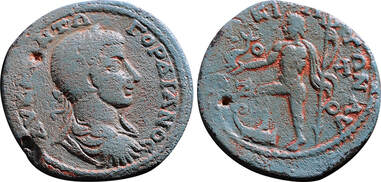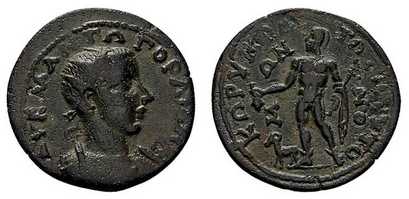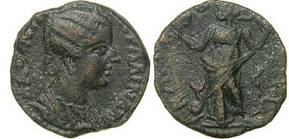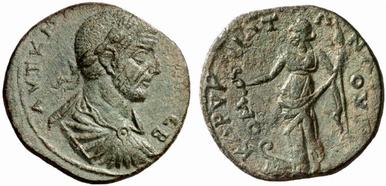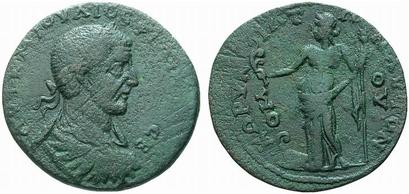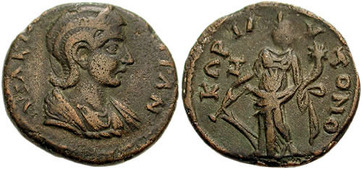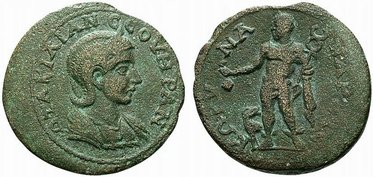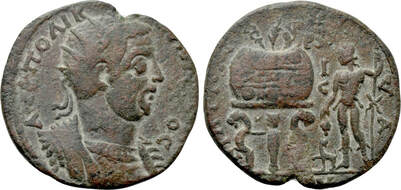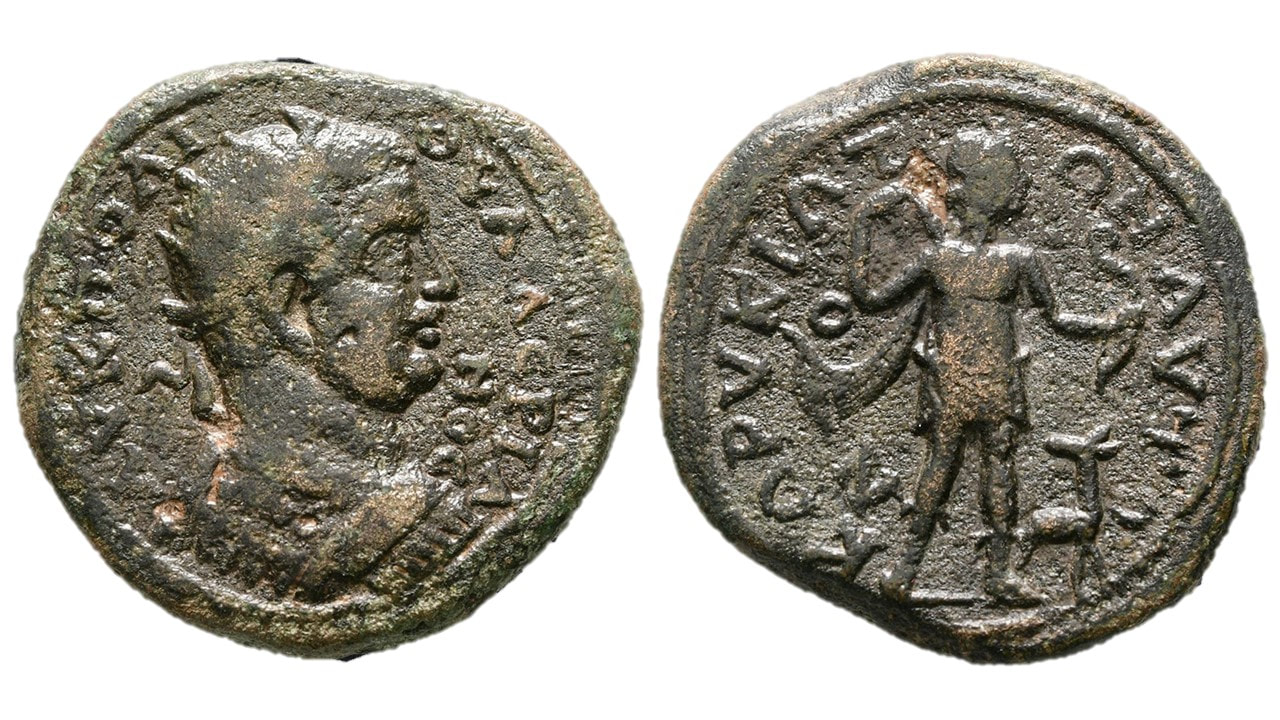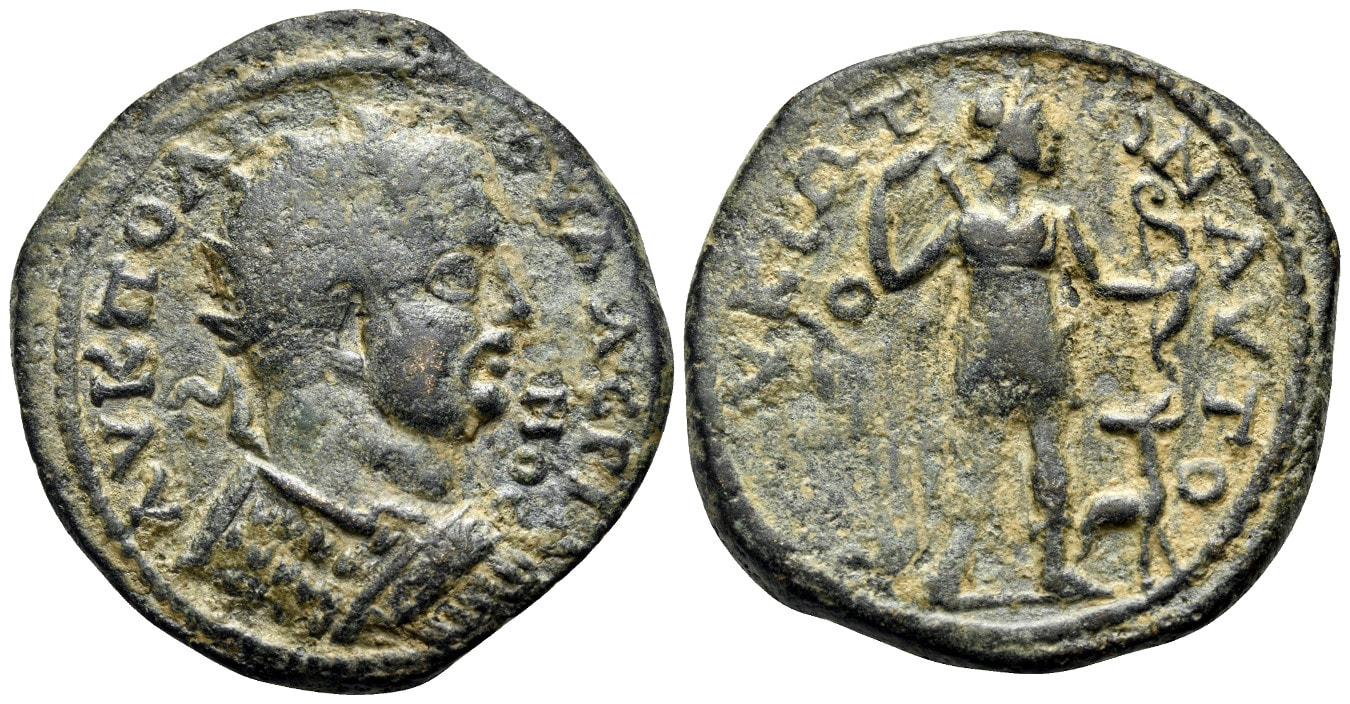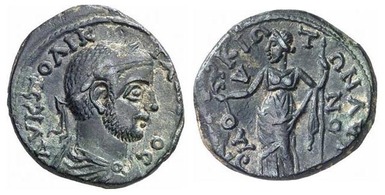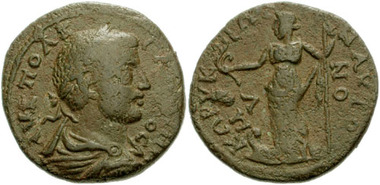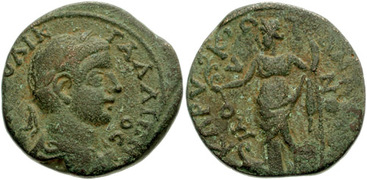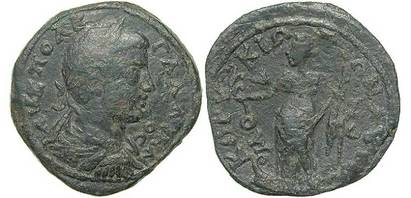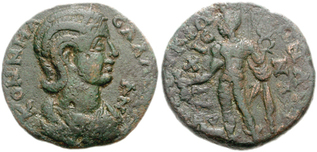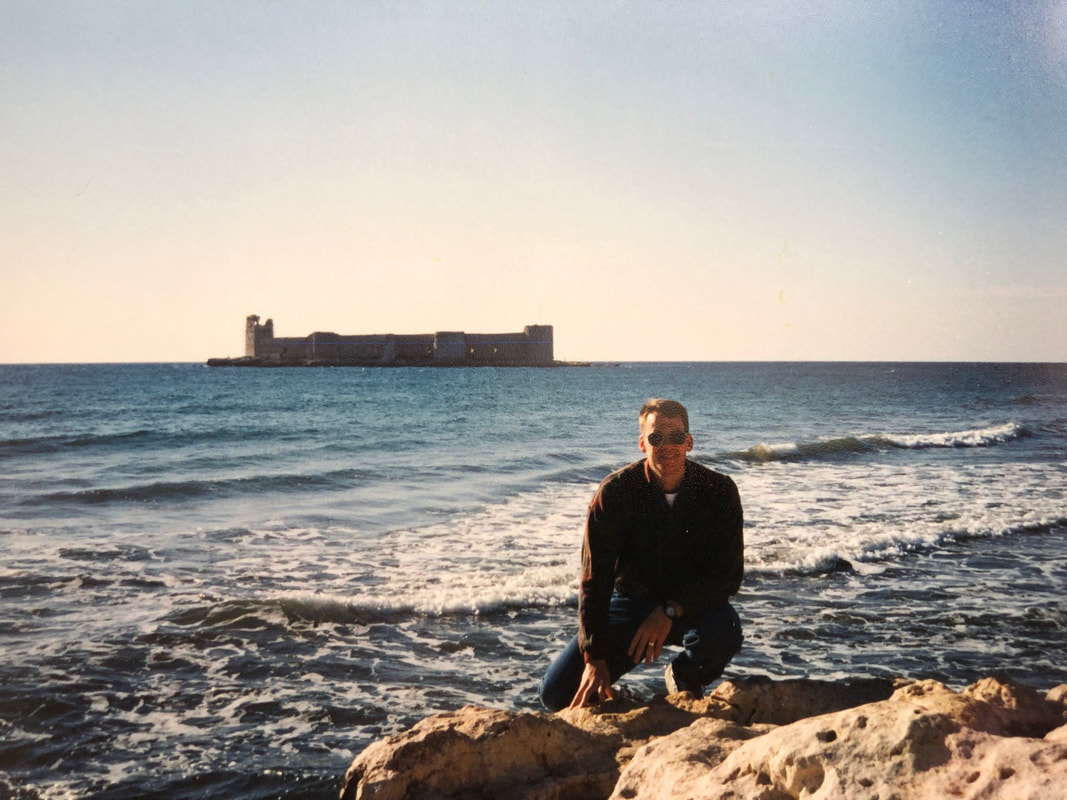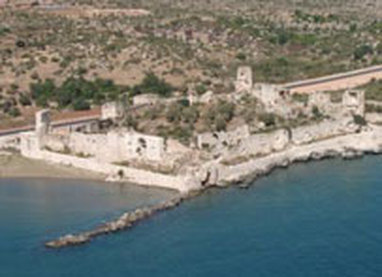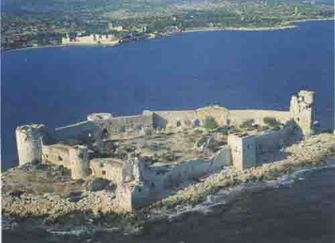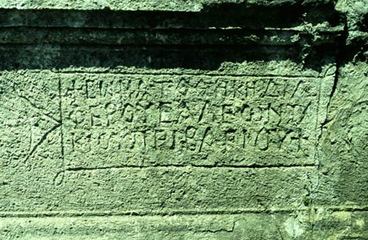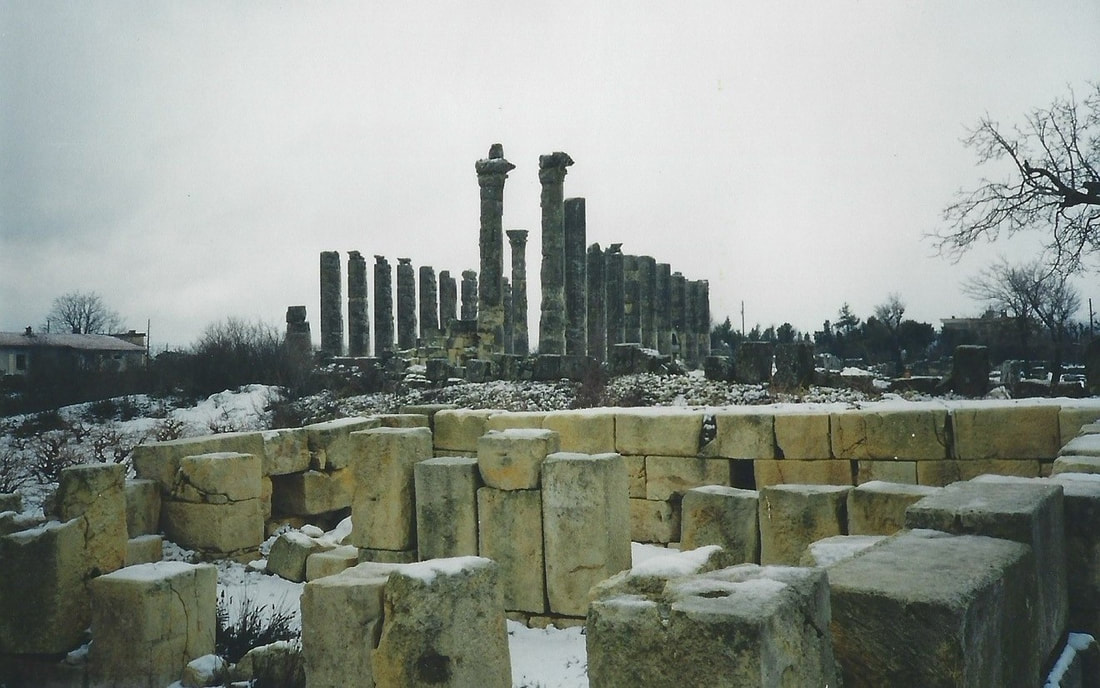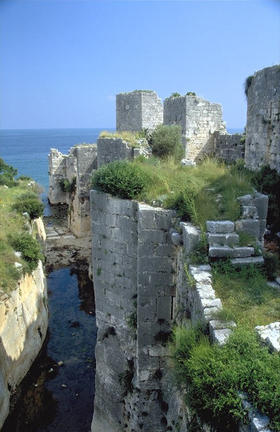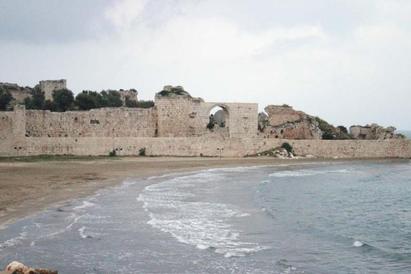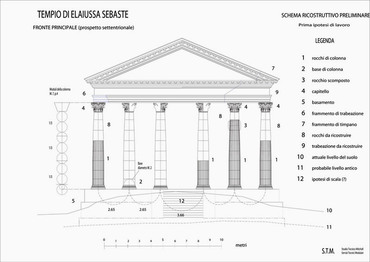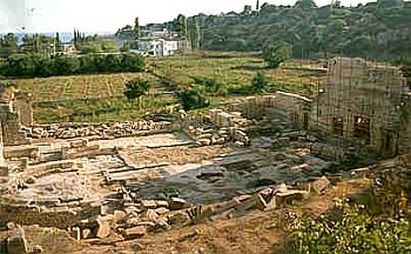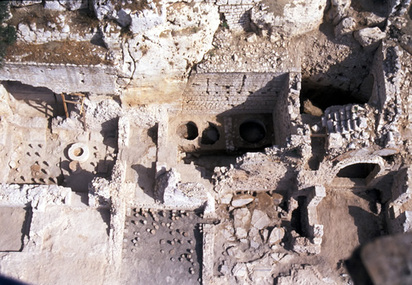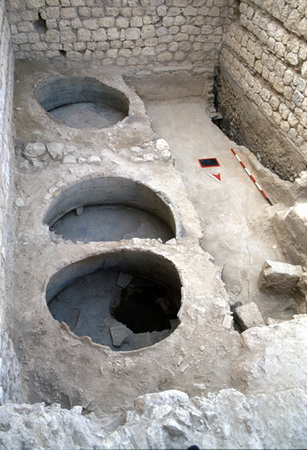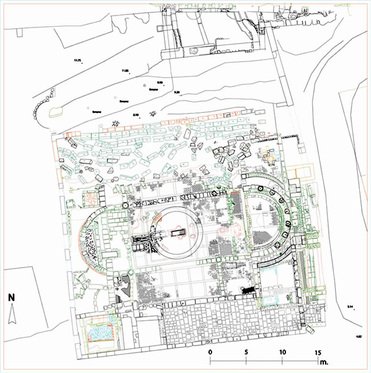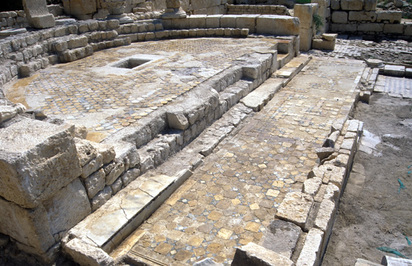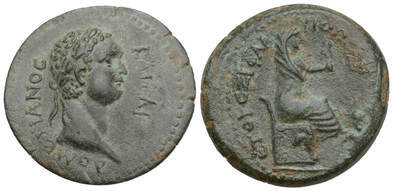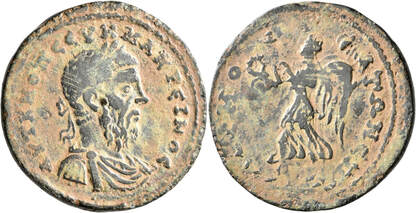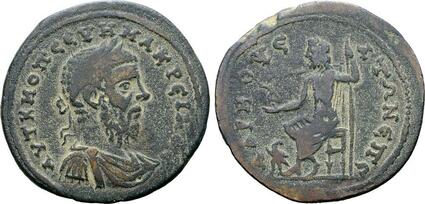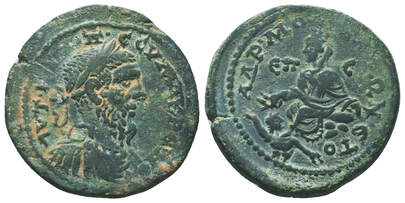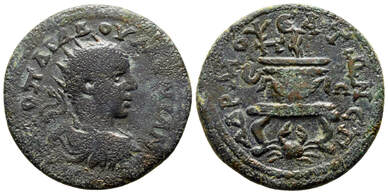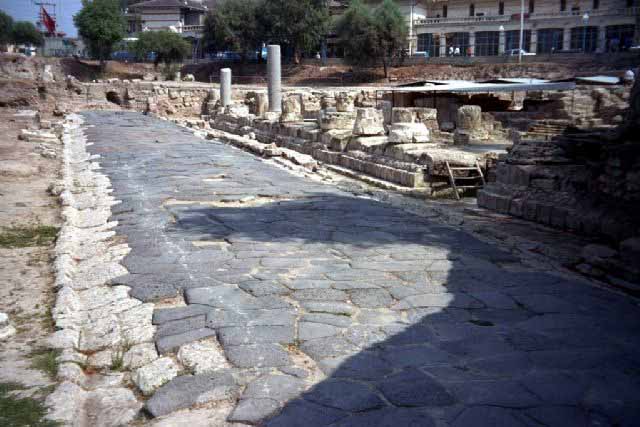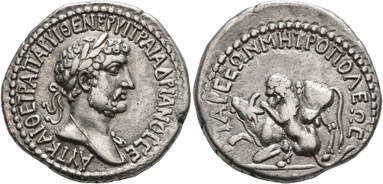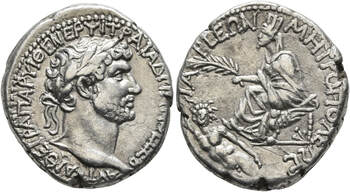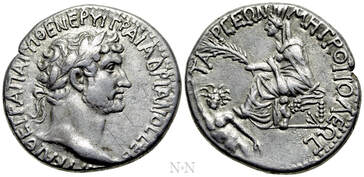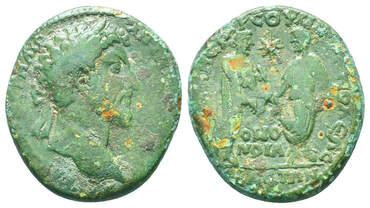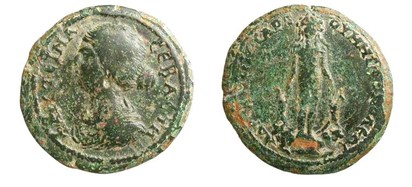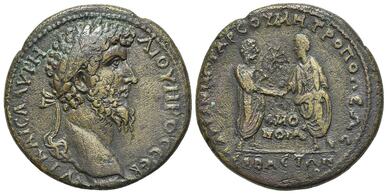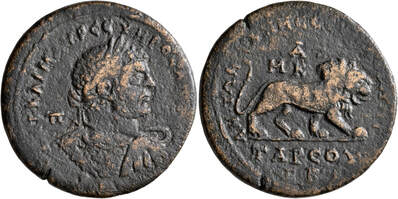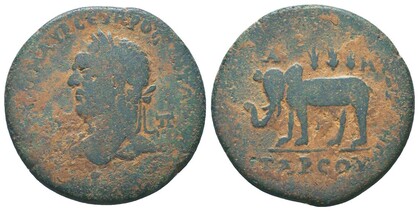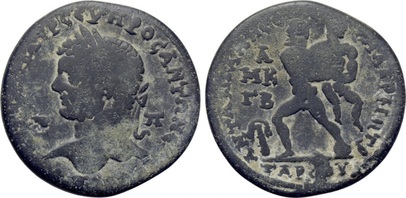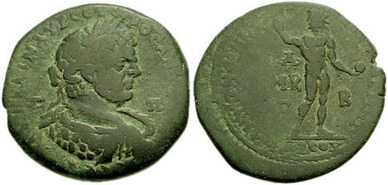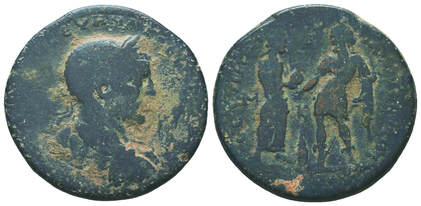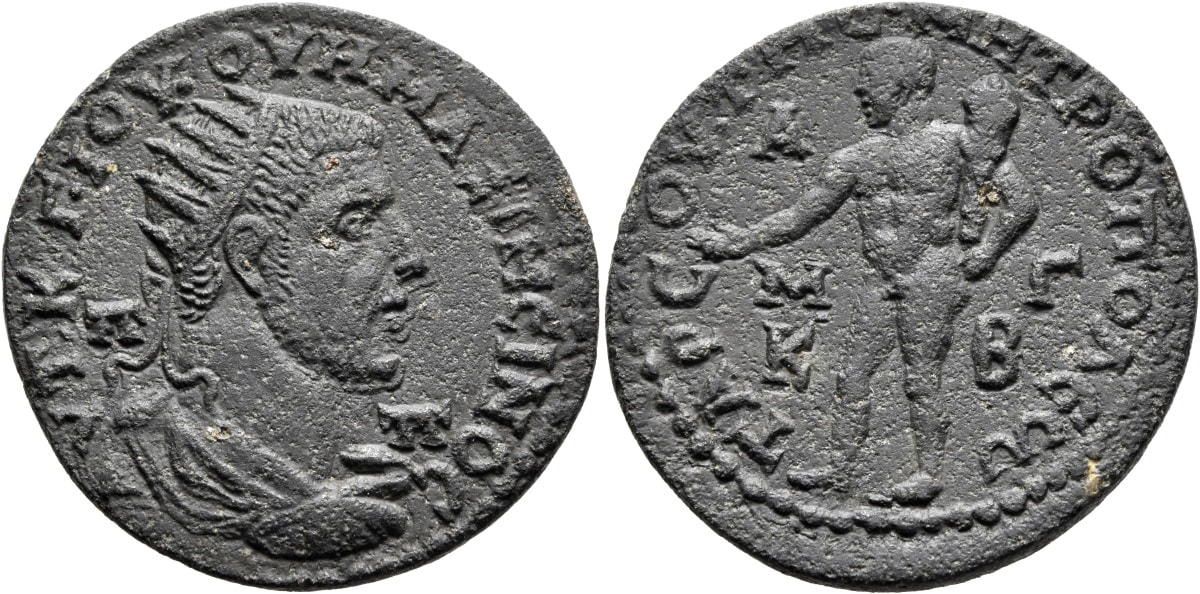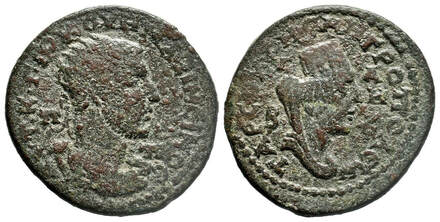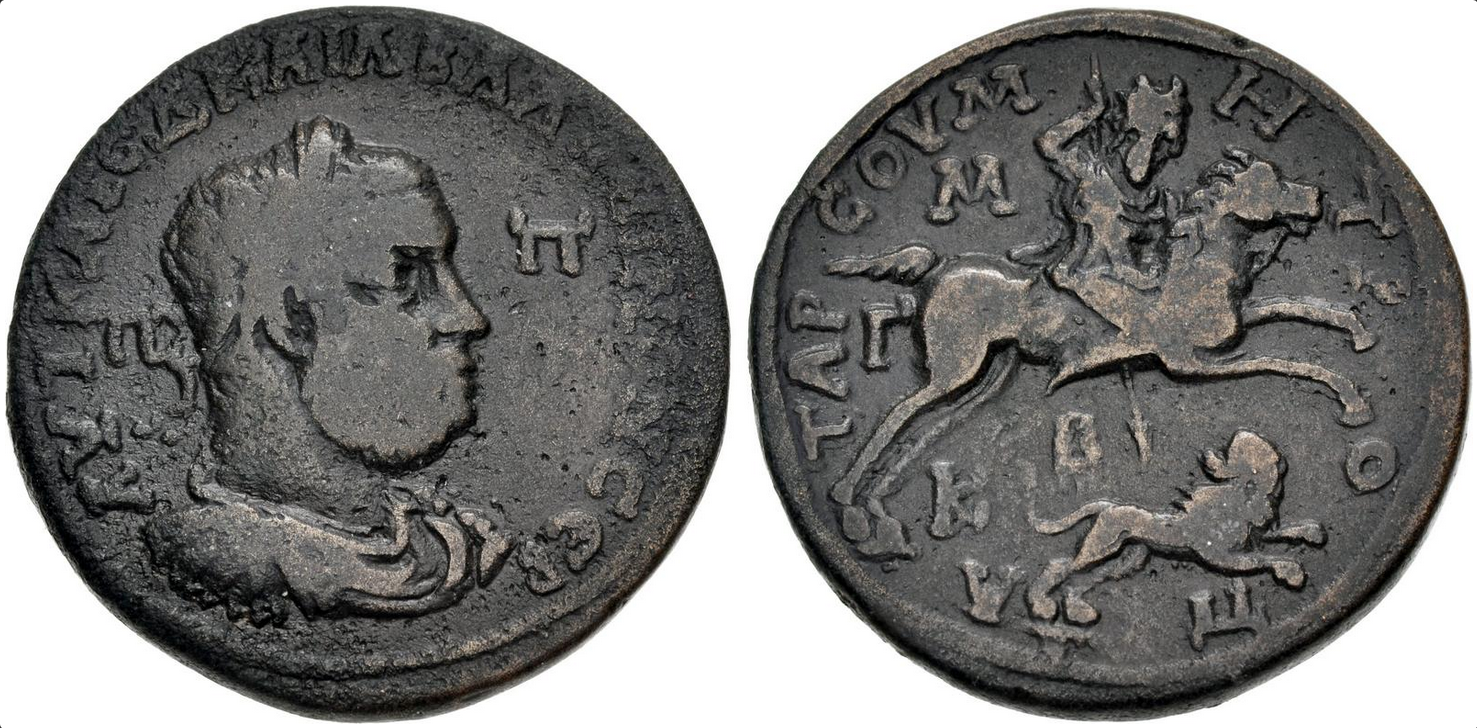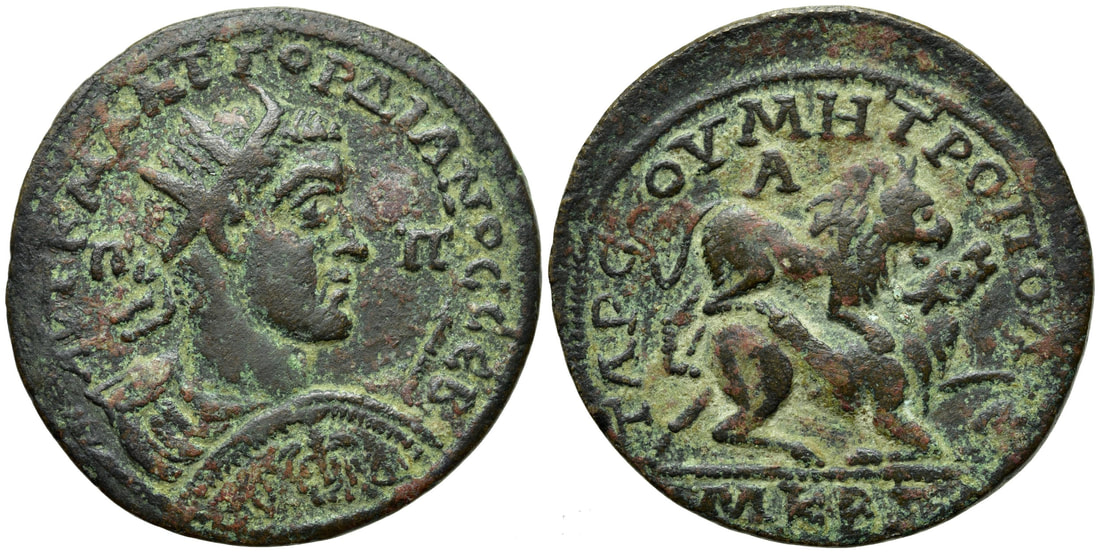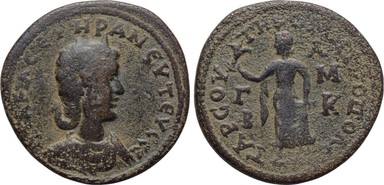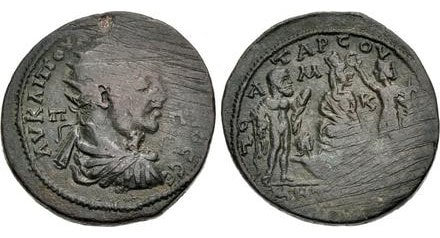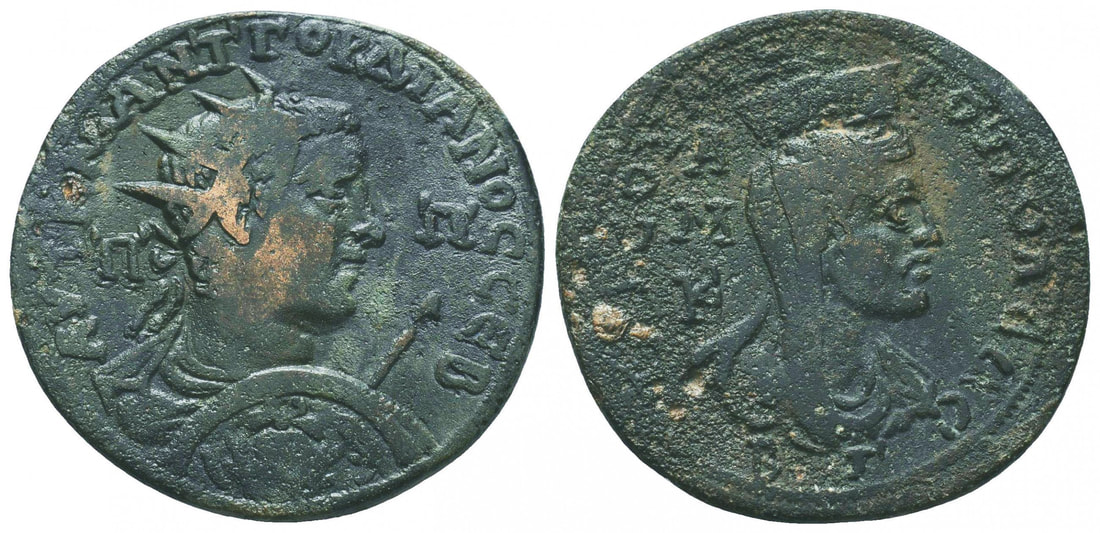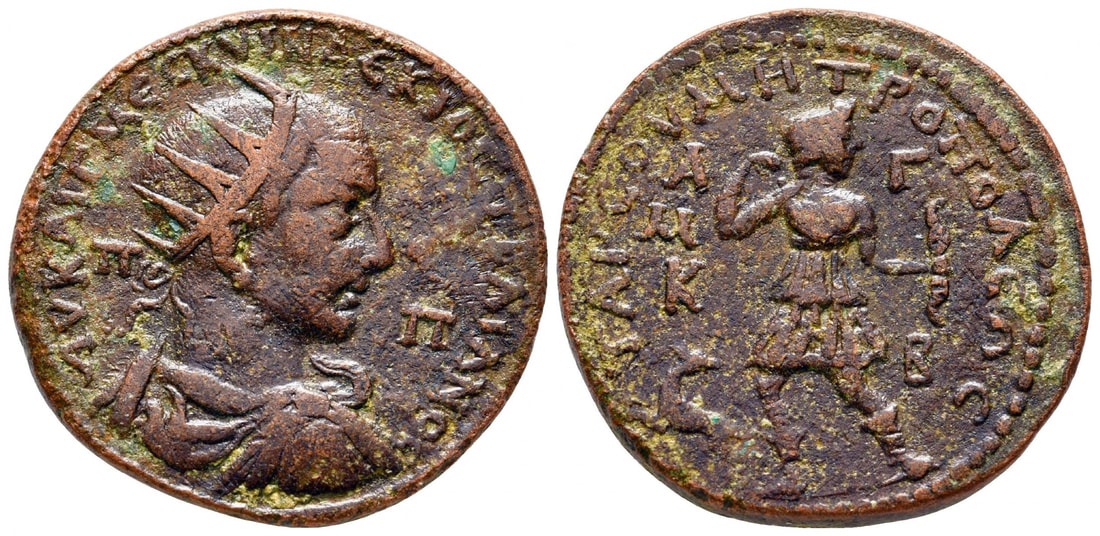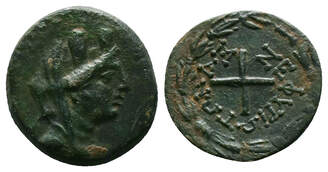Cilician Coinage
The following are a series of images taken from various locations within Cilicia associated with key numismatic mints.
The following coins come from several of my favorite mint locations within Cilicia: Adana, Corycus, Elauissa-Sebaste, and Tarsus.
Adana
dana is located near the center of an agricultural region relying on the cotton and textile industries for its local economy. In terms of ancient resources the area has much to offer the tourist or explorer. The remains of early Mesopotamian civilizations are ever present. The fertile plains are speckled with ancient Hittite and Assyrian mounds known in Turkey as “huyuks.” In fact, there are so many huyuks in this area that the majority have not been excavated or archeologically mapped only numbered. Strolling around these mounds of collapsed mud-brick and debris, stacks of pottery shards and pot handles, and occasionally beads or pottery whorls litter the surface. However, with heavy rains and some luck, that isn’t all that is revealed. Of course one must balance any possible disturbance of an abandoned site with natural curiosity and a zeal for exploration.
During one trip to a large huyuk just outside of the city, I came upon several large white marble pillars jutting up beyond the grass and dirt surface along with hundreds of pieces of broken Roman glass. Such a finding speaks to the fact that although typically assigned to the Hittites and Assyrians, huyuks have been attributed to overlapping Greek and Roman fortifications, temples and burial sites. In addition to such remains of early civilizations, Adana and the area around the city contain several Roman structures in varying states of preservation. Perhaps the best preserved is a Roman bridge built by Hadrian and later repaired by Justinian (Tas Kopru) that continues to support the present-day traffic of Turkey’s fourth largest populace. Provincial coins minted in Adana typically date from the Roman Imperial era and are relatively diverse. The local archeological museum contains a small selection of these pieces and is well worth a visit.
One phenomenon I found to be true at all the ancient sites in Turkey was when there are Americans or Europeans around, the locals will have something to sell. With the common salutation, “Merhaba abi” (hello brother) a small bag of ancient artifacts, coins, or similar items was frequently produced for viewing. At huyuk mounds these items most often consisted of pottery shards, stamped pot handles, and Byzantine, Roman Provincial, or Armenian and Ottoman coins found while planting or plowing the fields surrounding the mounds.
During one trip to a large huyuk just outside of the city, I came upon several large white marble pillars jutting up beyond the grass and dirt surface along with hundreds of pieces of broken Roman glass. Such a finding speaks to the fact that although typically assigned to the Hittites and Assyrians, huyuks have been attributed to overlapping Greek and Roman fortifications, temples and burial sites. In addition to such remains of early civilizations, Adana and the area around the city contain several Roman structures in varying states of preservation. Perhaps the best preserved is a Roman bridge built by Hadrian and later repaired by Justinian (Tas Kopru) that continues to support the present-day traffic of Turkey’s fourth largest populace. Provincial coins minted in Adana typically date from the Roman Imperial era and are relatively diverse. The local archeological museum contains a small selection of these pieces and is well worth a visit.
One phenomenon I found to be true at all the ancient sites in Turkey was when there are Americans or Europeans around, the locals will have something to sell. With the common salutation, “Merhaba abi” (hello brother) a small bag of ancient artifacts, coins, or similar items was frequently produced for viewing. At huyuk mounds these items most often consisted of pottery shards, stamped pot handles, and Byzantine, Roman Provincial, or Armenian and Ottoman coins found while planting or plowing the fields surrounding the mounds.

CILICIA, Adana
Caracalla 198-217 AD
Æ 37mm, 25.91g, 6h
Obv: [AVT KAIC M] AVP
ANTΩ[NЄINOC] CЄB, radiate,
draped, and cuirassed bust to right
Rev: [AΔP CЄV ANTΩNINIANΩN]
AΔANЄ[ΩN], Zeus Nicephorus
seated to left, holding sceptre; [eagle
standing left at feet, head right].
Ref: Levante, Adana -; SNG Levante -;
SNG France -; SNG von Aulock -;
SNG Pfälzer -; SNG Leypold -;
ex. Roma 78; see Triton XVIII, lot 882 for type
(Author's collection)

CILICIA, Adana. AE (41mm, 34.12g) Plautilla (Augusta, 202-205)
Obv: ΦOYΛOYIAN ΠΛAYTIΛΛAN CЄBACTHN, Draped bust right; star to left; crescent above star to right; c/m: Victory in circular incuse
Rev: AΔPIANѠN AΔANЄѠN, Caracalla on horseback right, preparing to spear lion below, running left.
Ref: For coin: SNG Levante 1228; SNG France –; for c/m: Howgego 257.
(Author's collection)

CILICIA, Adana.
Septimius Severus, 193-211 AD
Æ Hexassarion 34 mm, 25.18g, 4h
Obv: AYT K Λ CЄΠ CEYHPOC [...]
Laureate, draped and cuirassed bust of
Septimius Severus to right.
Rev: CЄΥΗΡΗΝⲰΝ ΑΔΑΝ[ΕΩΝ]
Caracalla on horseback galloping to right,
about to spear a lion running to left below.
Ref: Unpublished; Leu 19 lot#2274
(Author's collection)

CILICIA, Adana
CILICIA. Adana. Valerian I (253-260). Æ 30mm, 15.02g
Obv: AV KAI ΠOΛ ΛIK OVAΛЄPIANOC CB
Laureate and cuirassed bust right.
Rev: AΔPIANΩN AΔANЄωN
Zeus (with features of Valerian) seated left on throne, holding patera and sceptre.
SNG BN 1889-90; SNG Levante 1236.
(Author's collection) - one of the finest examples known
Anazarbus
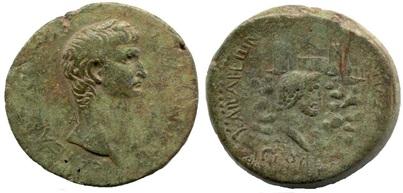
CILICIA, Anazarbus. Germanicus under the reign of Claudius 41-54 AD Æ 30mm, 16.90g
Year 67 = 48/9 A.D.
Obv.: Bare hd. bust of emp. r.
ΓΕΡΜΑΝΙΚΟϹ ΚΑΙϹΑΡ
Rev.: Bust of Zeus Olybris in front of mountain with acropolis, ΚΑΙϹΑΡΕΩΝ ΤΩΝ ΠΡΟϹ ΤΩ ΑΝΑΖΑΡΒΩ, ΕΤΟΥϹ ΖΞ (in field)
Ref: RPC I, 4060; SNG Levante 1366; Ziegler 35.1-43.1; ex. Gorny & Mosch (2003; lot 1809); Gorny & Mosch (2002, lot 1391) (Author's collection)

